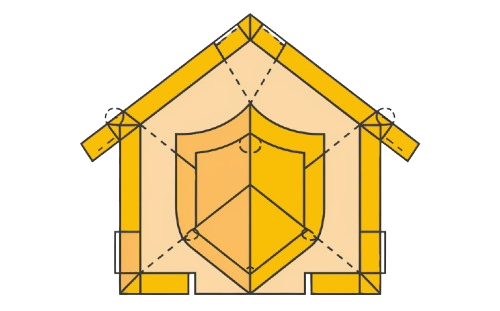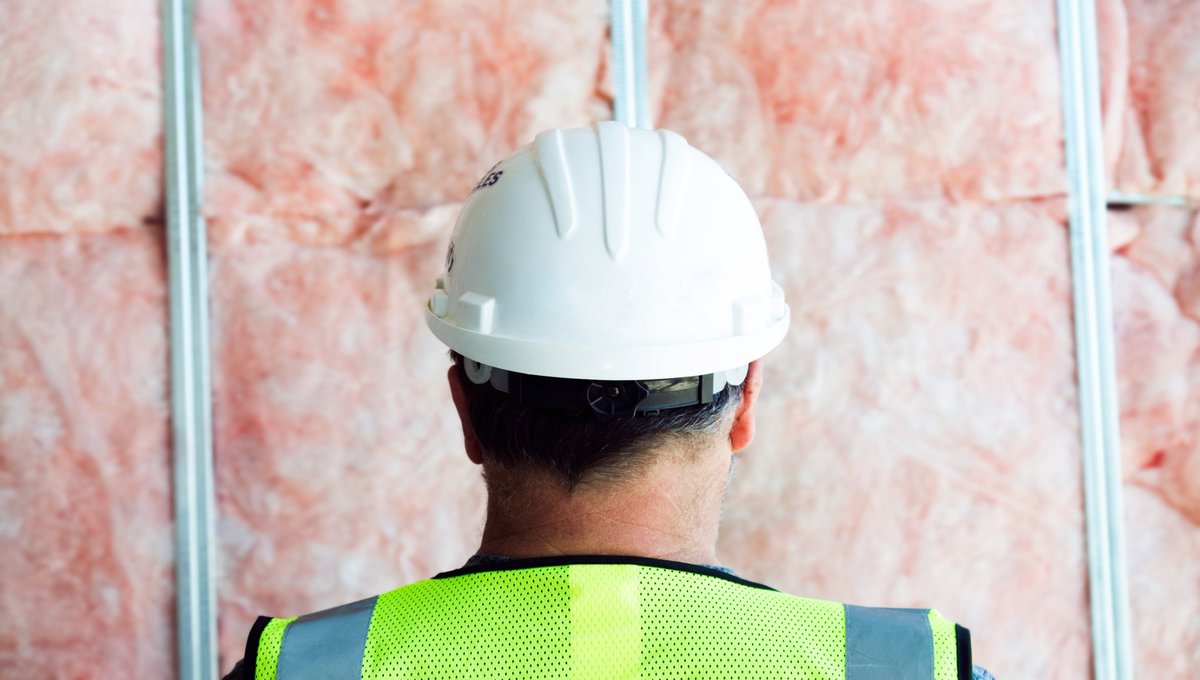When it comes to keeping your home comfortable, understanding how air migrates from warmer spaces to colder spaces is key. Attics reflect outside temperatures, and the right insulation is essential for maintaining a comfortable temperature year-round. Choosing attic insulation faced or unfaced can be tricky, especially for American homeowners who may feel overwhelmed by the sheer amount of details involved. Each type of insulation is designed for specific purposes, making it critical to identify which option is the best suited for your home.
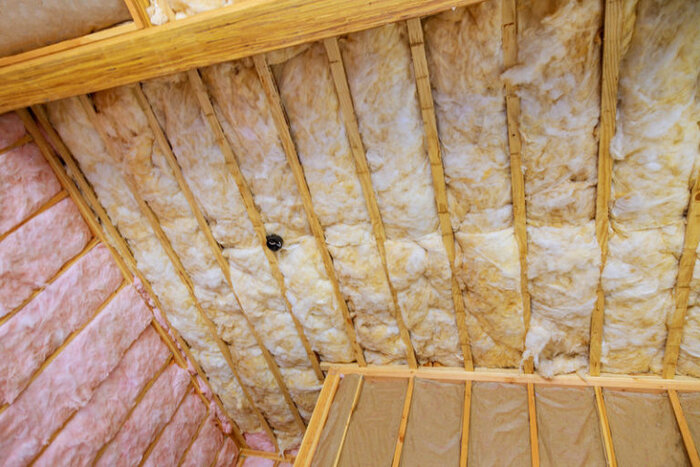
Many homeowners are often confused by the jargon surrounding insulation, especially when searching for the ideal solution to prevent moisture, reduce noise, and improve energy efficiency. Whether it’s about regulating temperature, protecting pipes, or optimizing your HVAC system, understanding the nuances of faced and unfaced insulation can help you make an informed decision.
Should You Use Faced or Unfaced Attic Insulation?
You may have heard the terms faced and unfaced insulation and wondered about their difference. Simply put, faced insulation has a facing that acts as moisture barrier, while unfaced insulation has none. Deciding which to choose for your attic insulation often depends on the application and climate. If insulation already exists, adding unfaced insulation may be the better choice to avoid trapping moisture.
These two types of insulation have major differences in their features and usage, making each one ideal for different settings. For example, faced insulation acts as a moisture barrier, making it suitable for areas prone to humidity. On the other hand, unfaced insulation is great for layering over existing material. Before spending a considerable amount of money on buying and installing insulation in your home, ensure that the type you select matches your specific needs.
What Is Facing?
Facing is a thin layer made of paper or plastic that is attached to one side of batting insulation or a roll. This layer acts as a vapor barrier, which helps keep insulation dry and prevents moisture from being trapped. When moisture builds up, it can lead to mold, mildew, and even excessive damage to the framing or lumber of your home’s structure over a long period of time. Facing creates a protective vapor barrier and is typically installed to face the warmest space, such as during winter, to stop air and moisture travel, keeping your home safe and energy-efficient.
What Is Faced Insulation?
Faced insulation, often called kraft-faced insulation, is made of fiberglass with a vapor barrier or retarder that prevents moisture build-up. This is particularly useful for walls and ceilings in your home, especially in areas with humid temperatures. The barrier, which can be made of vinyl, aluminum, foil, paper, or plastic, stops moisture and water from permeating walls, keeping the structure safe and dry.
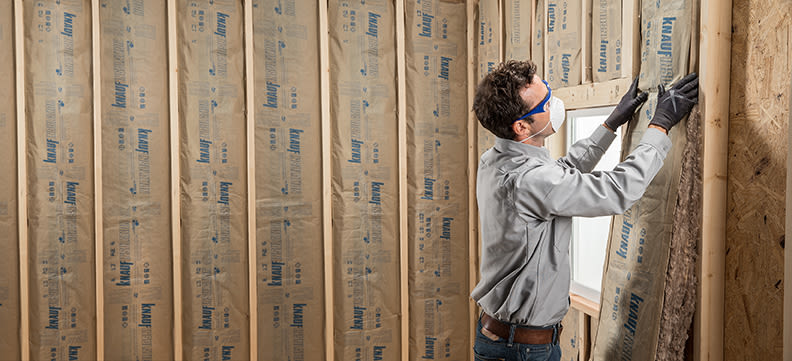
Some states may prohibit materials other than paper for specific applications, so it’s important to check local building codes and regulations before buying and installing. Experts often recommend paper-faced insulation because it provides added protection and complies with most standards. Proper installation ensures your home remains energy-efficient and well-protected.
Also Read: Does Attic Insulation Help with Humidity?
When Should You Use Faced Insulation?
Faced insulation is ideal for spaces where you need to control moisture, especially in colder climates where warm, moist air can condense in cooler areas. It works best in exterior walls, attic ceilings, crawl spaces, and basements, providing a proper barrier against dampness. It should be installed facing outward or towards the person installing it. Attic specialists recommend placing it downward on ceilings and upward in crawl spaces, depending on the location and purpose.
Advantages of Faced Insulation
- Faced insulation is a best choice for homeowners who are installing insulation themselves because it is easier to install compared to unfaced insulation.
- The vapor barrier in faced insulation holds the insulator together, making it simple for installers to tack, roll, or move without letting it fall apart.
- It helps prevent moisture build-up, which protects your home from mold, mildew, and their potential growth.
- Faced insulation is particularly ideal for attics and external walls that are exposed to the elements, offering better long-term protection.
Disadvantages of Faced Insulation
- While faced insulation has many advantages, it also comes with some disadvantages. The paper backing used can be combustible, making it less safe compared to unfaced insulation in certain conditions.
- The cost of faced insulation is slightly higher, averaging $0.10 to $0.25 per square foot, which may seem negligible for minor upgrades but can become a significant amount when insulating an entire home.
- Installing faced insulation can be tricky, especially in colder climates or hot weather where placement must be precise. For cold climates, the vapor barrier should face the interior, while in hot climates, it should face the exterior. Inappropriate installation may lead to ineffective results and even moisture problems, so careful planning and serious consideration are essential.
What Is Unfaced Insulation?
Unfaced insulation is a material that works the same way as faced insulation in terms of insulating your home but is unlike its counterpart because it lacks a vapor barrier. Without this barrier, it becomes more susceptible to external elements like rain, moisture, and the sun’s extreme heat. However, it is well-suited for warmer climates with lower humidity, where moisture control is less of a concern.
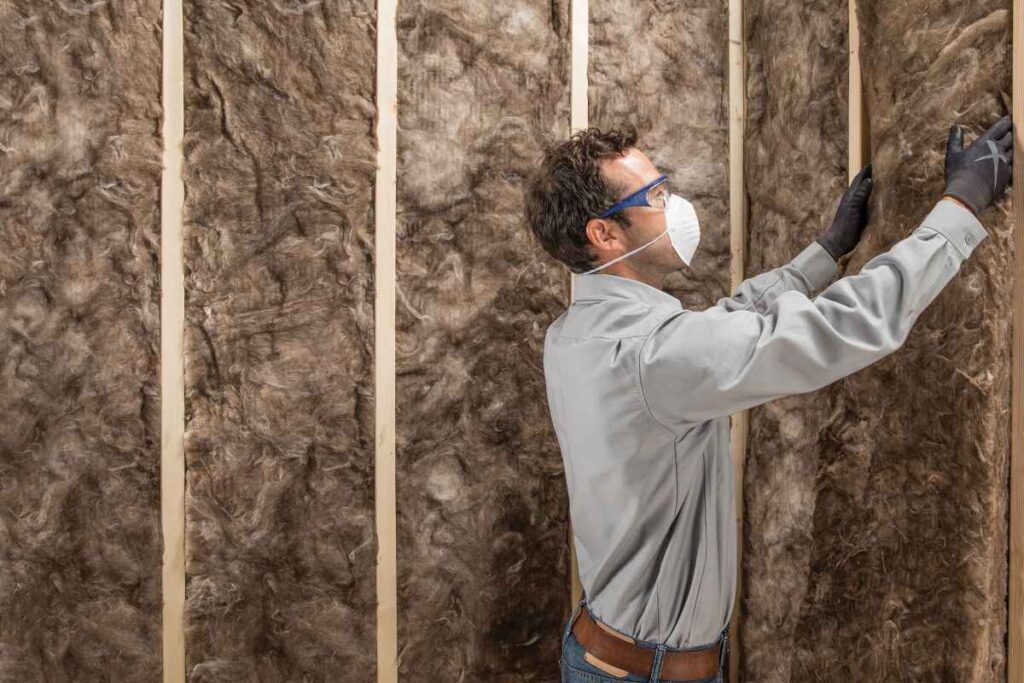
When to Use Unfaced Insulation?
Typically, unfaced insulation is used when you plan to add layers in attics, walls, or floors. It provides benefits such as extra batting, higher R-values, and better coverage for living spaces. This additional layer can help slow warm air migration and reduce risks of mold and mildew, provided there is proper ventilation. However, care should be taken to ensure that moisture is not trapped between the layers, which could compromise its effectiveness over time.
Advantages of Unfaced Insulation
- Unfaced insulation, unlike faced insulation, is non-combustible, making it a safer choice for areas where combustible materials like paper or plastic may pose a risk.
- It is also cheaper than its faced counterpart, making it a cost-effective option for projects with tight budgets.
- Additionally, unfaced insulation provides excellent soundproofing, making it ideal for interior walls, where reducing noise is a priority.
Disadvantages of Unfaced Insulation
- Unfaced insulation comes with the disadvantage of lacking a paper or vapor barrier, making it less effective at preventing moisture from entering. Without this protective layer, it cannot hold cohesively or remain as strong, making it more prone to tearing during installation.
- It is less DIY-friendly and can be harder to install properly, especially in exterior walls, attics, or spaces exposed to outdoor elements. This can leave your home vulnerable to humid air, which can lead to mold and mildew growth over time. Proper placement is key to protecting your home from these risks.
Final Thoughts on Faced or Unfaced Insulation
Proper insulation is one of the most critical components for keeping your home comfortable, safe, and well-protected. It not only provides comfort but also promotes energy efficiency in living spaces, whether in colder climates, where faced insulation is preferred for its ability to reduce moisture issues, or in warmer, humid climates, where unfaced insulation works better for layering over existing insulation without trapping moisture. Seeking guidance from a local contractor or building professional ensures that your insulation is tailored to your specific needs, making it a reliable solution for your home.
Not sure which type of insulation is best for your attic? Contact us today, and we’ll help connect you with experienced professionals who can recommend the right solution for your home’s climate and energy needs. Take the first step toward a more comfortable and efficient home!
FAQ
Is faced or unfaced insulation better for attics?
Faced insulation is ideal for attics, exterior walls, ceilings, and crawl spaces, especially where no existing insulation is present. It should be installed facing outward or towards the person installing it to ensure a proper barrier. For basements, following the correct installation way is critical for effectiveness.
Does attic insulation need to be faced?
Faced insulation is often used when installing batting between roof rafters in a finished attic. The paper or plastic barrier should face outward towards the attic to block moisture. In unheated spaces, it works best in warmer outside air during winter.
Which way should insulation face in attic?
When installing fiberglass insulation in your home, the paper or foil vapor barrier should be facing the heated or cooled living area. In an attic, this helps prevent condensation from occurring and ensures proper insulation for floors and walls.
Should attic insulation have a vapor barrier?
In hot-dry climates, attics can be vented, while in hot-humid climates, a vapor retarder or barrier is not recommended. All attics, whether vented or unvented, should include an airtight drywall ceiling to prevent air leaks effectively.
